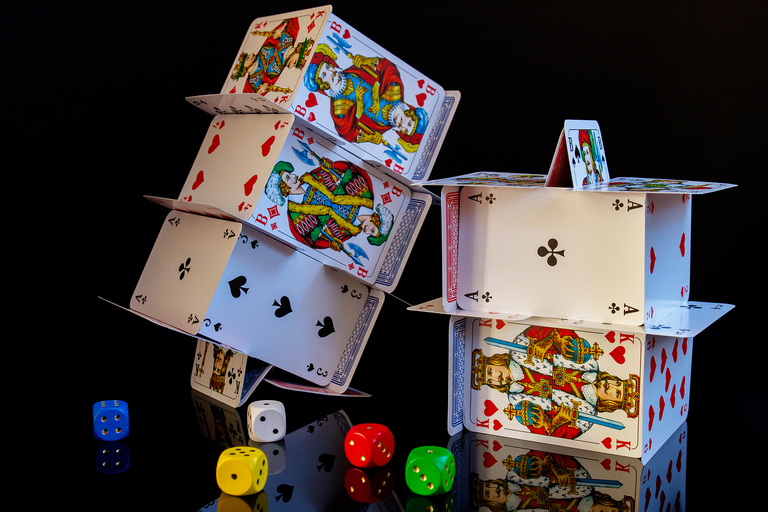Card game for beginners: Three Card Poker: A Fledgling's Manual for the Standards

Three-Card Poker is a well-known club game that consolidates the components of conventional poker with the straightforwardness of club table games. This instructional exercise intends to give a reasonable comprehension of the essential standards of three-card poker. Toward the end of this article, you will be prepared to find a seat at a three-card poker table and certainly play.
Objective:
The target of three-card poker is to have a higher-positioned hand than the vendor. The game uses a standard 52-card deck, and players are dealt three cards each.
Hand Rankings:
Understanding the hand rankings is vital to playing three-card poker. The rankings, from most noteworthy to least noteworthy, are as per the following:
Straight Flush: Three cards of a similar suit in back-to-back arrangement (e.g., 6-7-8 of hearts).
Three of a Sort: Three cards of a similar position (e.g., three Sovereigns).
Straight: Three cards in sequential order, but not really of a similar suit (e.g., 4-5-6).
Flush: Three cards of a similar suit, however, not in sequential order (e.g., 2-8-Jack of Jewels).
Match: Two cards of a similar position (e.g., two Rulers).
High Card: In the event that nothing from what was just mentioned is accomplished, the hand with the most noteworthy positioning card wins.
Ongoing interaction:
Every player puts down an underlying bet called the "Risk" to begin the round.
The seller then circulates three cards face-down to every player and themselves.
Subsequent to inspecting their cards, players have two choices:
a) Crease: In the event that the hand isn't promising, players can overlay, losing their Risk bet.
b) Play: To keep playing, players should make an extra wager called the "Play" bet, equivalent to the Risk bet.
When all players have made their choices, the vendor uncovers their cards.
To qualify, the seller should have a sovereign high or better. On the off chance that the seller doesn't qualify, players win even cash on their Bet wagers, and the Play wagers push.
On the off chance that the vendor qualifies, the player's hand is contrasted with the seller's hand.
Assuming that the player's hand is higher-positioned than the vendor's, both the Risk and Play wagers pay 1:1.
Assuming the player's hand is lower-positioned than the seller's, both the Bet and Play wagers are lost.
In case of a tie, both the Bet and Play wagers push.
Match, In addition to the reward bet:
Notwithstanding the Bet and Play wagers, Three Card Poker offers a side bet known as the Pair In addition to the Reward bet. This bet is discretionary and pays out in view of the player's hand, no matter what the vendor's hand is. The payouts for the Pair In addition to the reward bet regularly shift between clubs; however, for the most part, observe these rules:
Straight Flush: 40:1
Three of a Sort: 30:1
Straight: 6:1
Flush: 4:1
Match: 1:1
At last,
Congrats! You have now learned the fundamental standards of three-card poker. Make sure to look into the hand rankings and comprehend the choices accessible during interactivity. With training and technique, you can partake in this astonishing club game and possibly increase your rewards. Have a great time and good luck at the three-card poker tables!